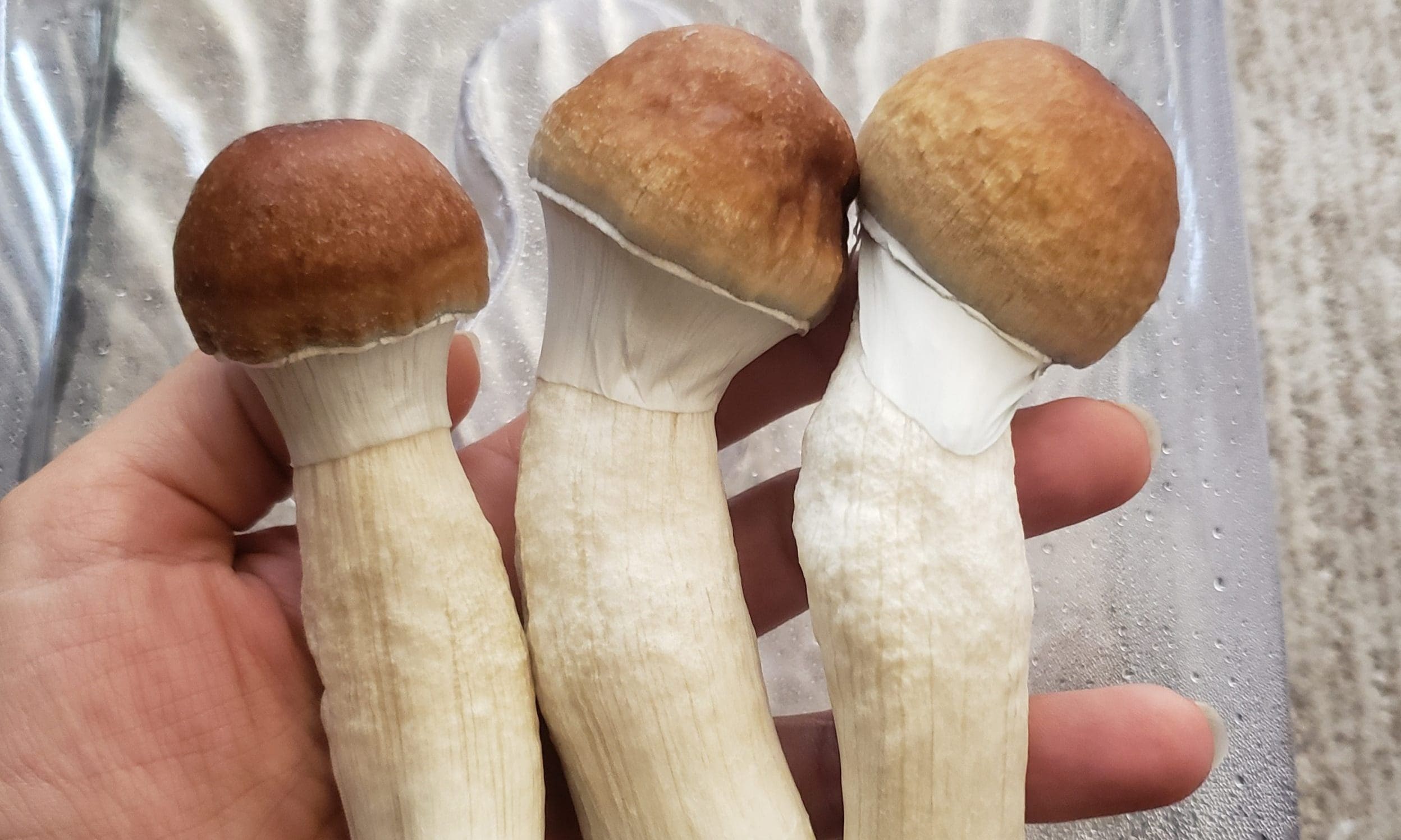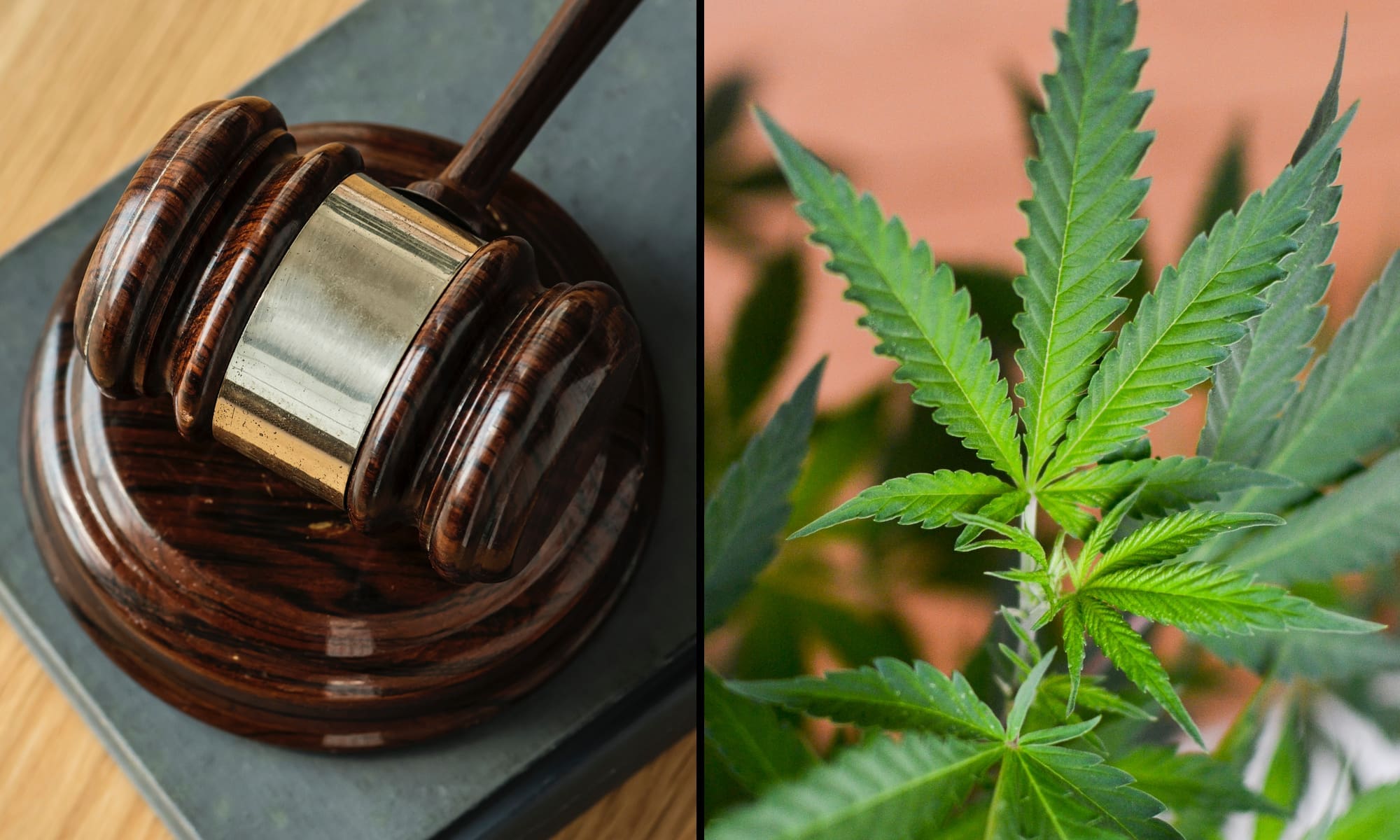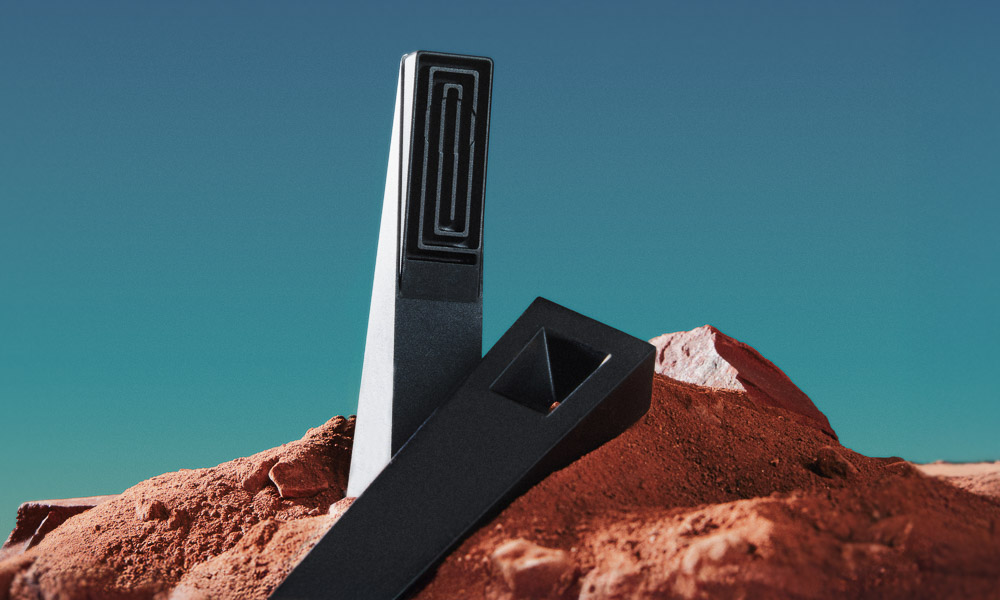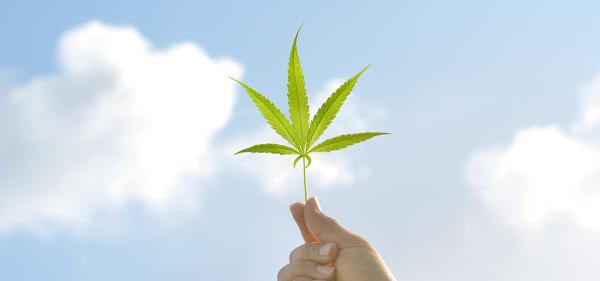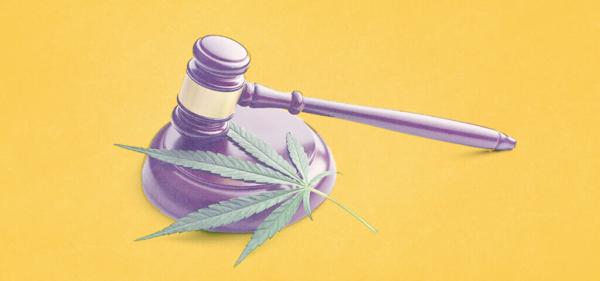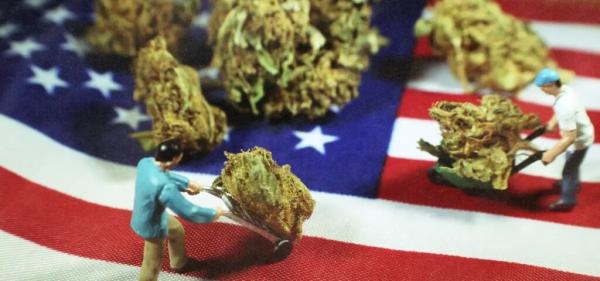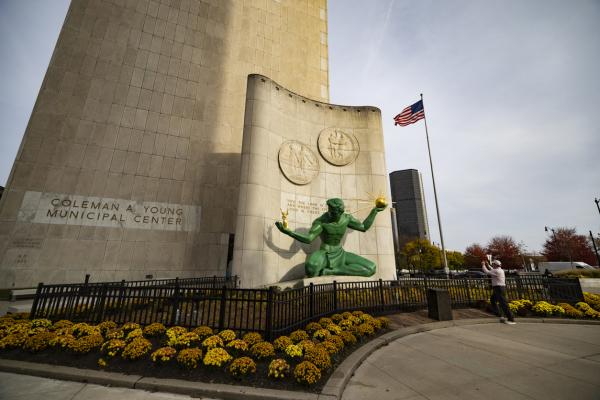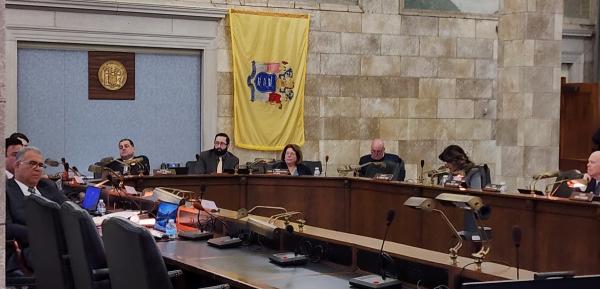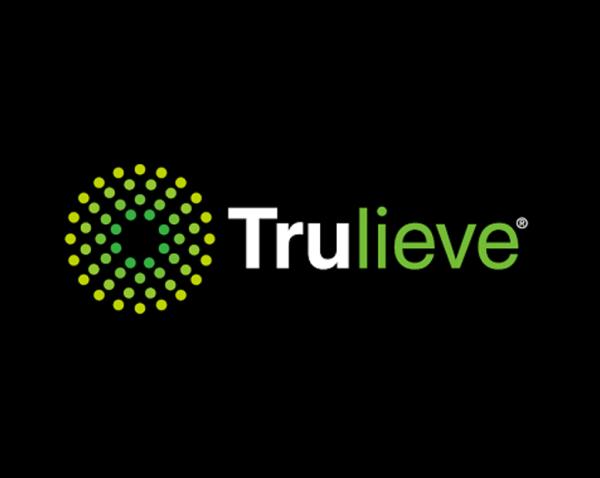THC and CBD, two of the best-known cannabinoids, are often the subject of discussions about cannabis. While THC is known for its psychoactive effects, CBD is valued for medical and therapeutic applications. The global market for cannabinoids grew by 25% in 2022 to reach $20.5 billion. Many wonder whether the two substances have similar uses. This article highlights the most important differences, the wide range of applications and the legal framework.
THC and CBD: Two active ingredients with different properties
THC (tetrahydrocannabinol) and CBD (cannabidiol) differ fundamentally in their effects and purpose. THC binds to CB1 receptors in the brain and produces psychoactive effects such as intoxication. This effect makes THC the main substance in recreational cannabis products. In contrast, CBD is not psychoactive. It affects the endocannabinoid system without altering perception and is therefore increasingly used in medical applications.
Applications in medicine and leisure
THC is used to treat chronic pain, nausea and loss of appetite, especially in cancer patients. CBD, on the other hand, is used to treat anxiety, sleep disorders and inflammatory diseases. Products such as oils, capsules and even CBD hash are becoming increasingly popular because they promote relaxation without getting you high. Interestingly, a recent poll shows that cannabis use, particularly THC, helps many individuals reduce their alcohol consumption. This highlights the potential of cannabis not only as a medical remedy but also as an alternative to substances with potentially more harmful effects.
Global legal differences
In the United States, the regulation of cannabis for both medical and recreational use has made enormous strides in recent years. Currently, 23 states have fully legalized cannabis, including California, Colorado and New York. There, adults can freely buy and consume THC-containing products, with licensed stores regulating their distribution. In other states, such as Texas or Florida, cannabis is only approved for medical use. Nevertheless, cannabis remains illegal at the federal level as a Schedule I substance, which means that it is legally equated with heroin. This discrepancy between federal and state laws regularly causes uncertainties, particularly with regard to the financing and transportation of cannabis products across state lines.
By contrast, Germany takes a much more conservative approach. While CBD products containing less than 0.2% THC are legal, access to THC is highly regulated. Since 2017, patients have only been able to obtain medical cannabis with a doctor's prescription, and access is strictly controlled. Prescriptions are usually issued for serious illnesses such as chronic pain, multiple sclerosis or chemotherapy-induced nausea. Recreational cannabis remains illegal, although in 2023 the federal government presented plans for a gradual legalization. This is to be tested in model regions before a possible nationwide implementation.
Challenges in manufacturing and use
The production of THC and CBD products presents specific challenges. THC is subject to strict cultivation regulations and requires high safety standards. In Europe in particular, companies must document their cultivation and manufacturing processes in detail. CBD, on the other hand, is easier to produce and is subject to less stringent requirements as long as it comes from EU-certified hemp.
Technological advances are making extraction and processing of both substances easier. Supercritical CO2 extraction ensures high-quality end products with minimal impurities. Companies are increasingly relying on innovation to make production more efficient.

